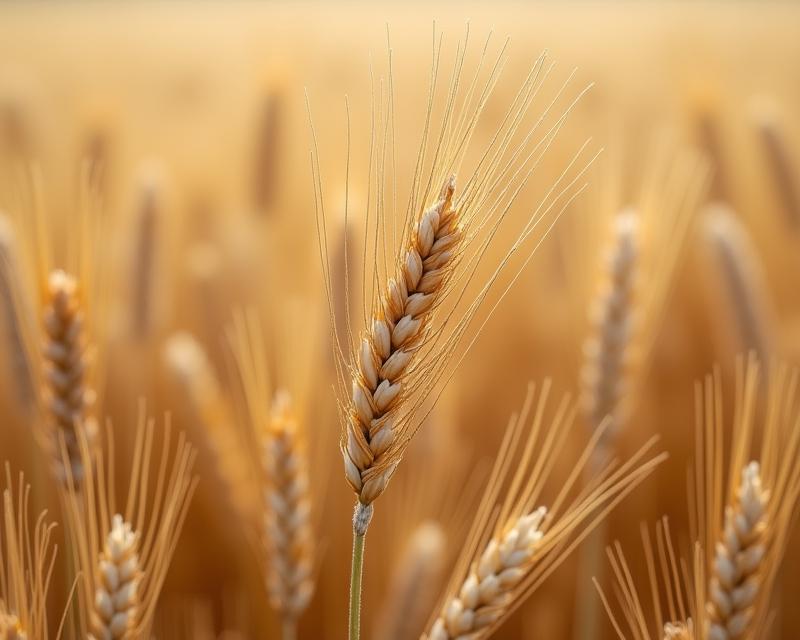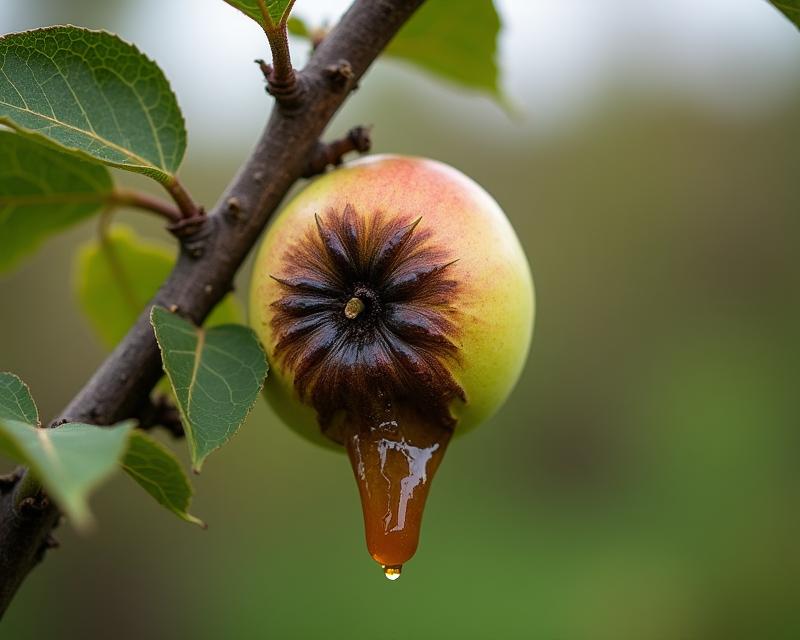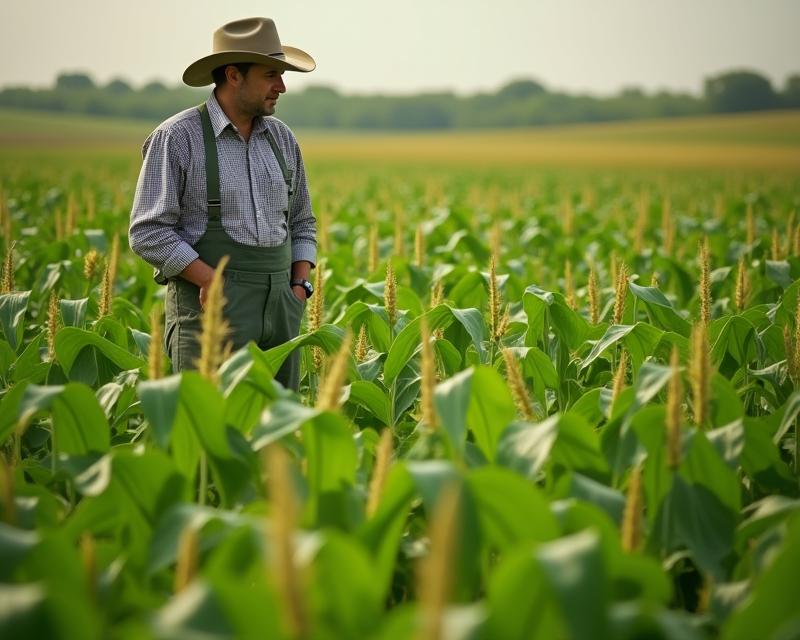Fighting Fusarium Head Blight in Wheat
Publish in Crops el 06/07/2025 17:55
Fusarium Head Blight: A Wheat Farmer's Concern
Fusarium head blight (FHB), often called wheat rust, is a devastating fungal disease that can significantly impact wheat yields and quality. It's a serious threat to farmers, leading to reduced grain weight, lower protein content, and the production of mycotoxins that can make the grain unsafe for consumption or animal feed. Understanding FHB and implementing effective management strategies is crucial for maintaining a profitable wheat crop.

Understanding the Enemy
FHB is caused by several species of the fungus Fusarium, with Fusarium graminearum being the most common culprit. The fungus attacks the wheat head during grain filling, causing discoloration, shriveling, and ultimately, yield loss. It thrives in cool, humid conditions, making certain regions and weather patterns particularly susceptible. The fungus can also produce mycotoxins like deoxynivalenol (DON), which can pose health risks.
Resistant Varieties: A First Line of Defense
One of the most effective ways to combat FHB is by planting resistant wheat varieties. Seed companies are continuously developing and releasing new varieties with improved resistance. Check with your local agricultural extension office or seed supplier for recommendations on varieties suited to your region and known for their FHB resistance. While no variety is completely immune, selecting resistant options can significantly reduce the severity of infection. Consider incorporating multiple resistant varieties into your rotation to further minimize risk.
Fungicide Applications: When and How
Fungicides can play a vital role in managing FHB, especially during periods of high risk. Fungicide applications are most effective when applied preventatively, before the onset of disease. Timing is key – consult with your local extension agent for recommended spray schedules based on local weather conditions and disease forecasting models. Fungicides work by inhibiting the growth and spread of the fungus. Be sure to follow label instructions carefully regarding application rates, safety precautions, and pre-harvest intervals. Integrated Pest Management (IPM) strategies, which combine resistant varieties and judicious fungicide use, are often the most sustainable approach.
Prevention is Key
Beyond resistant varieties and fungicides, several preventative measures can help reduce FHB risk. Ensure good field sanitation by removing crop residue after harvest, as this can harbor the fungus. Proper crop rotation can also help break the disease cycle. Avoid planting wheat too early, as this can expose the crop to higher disease pressure. Monitor your fields regularly for signs of FHB and take action promptly if infection is detected. Early detection allows for more effective management strategies.
Responding to an Outbreak
If you detect FHB in your wheat field, act quickly. Contact your local agricultural extension office for advice on appropriate management strategies. They can help you assess the severity of the infection and recommend fungicide applications or other control measures. Be prepared to adjust your harvesting plans if the disease is severe, as mycotoxin contamination may require grain rejection. Proper record-keeping of disease incidence and management practices is essential for future planning and risk assessment.





